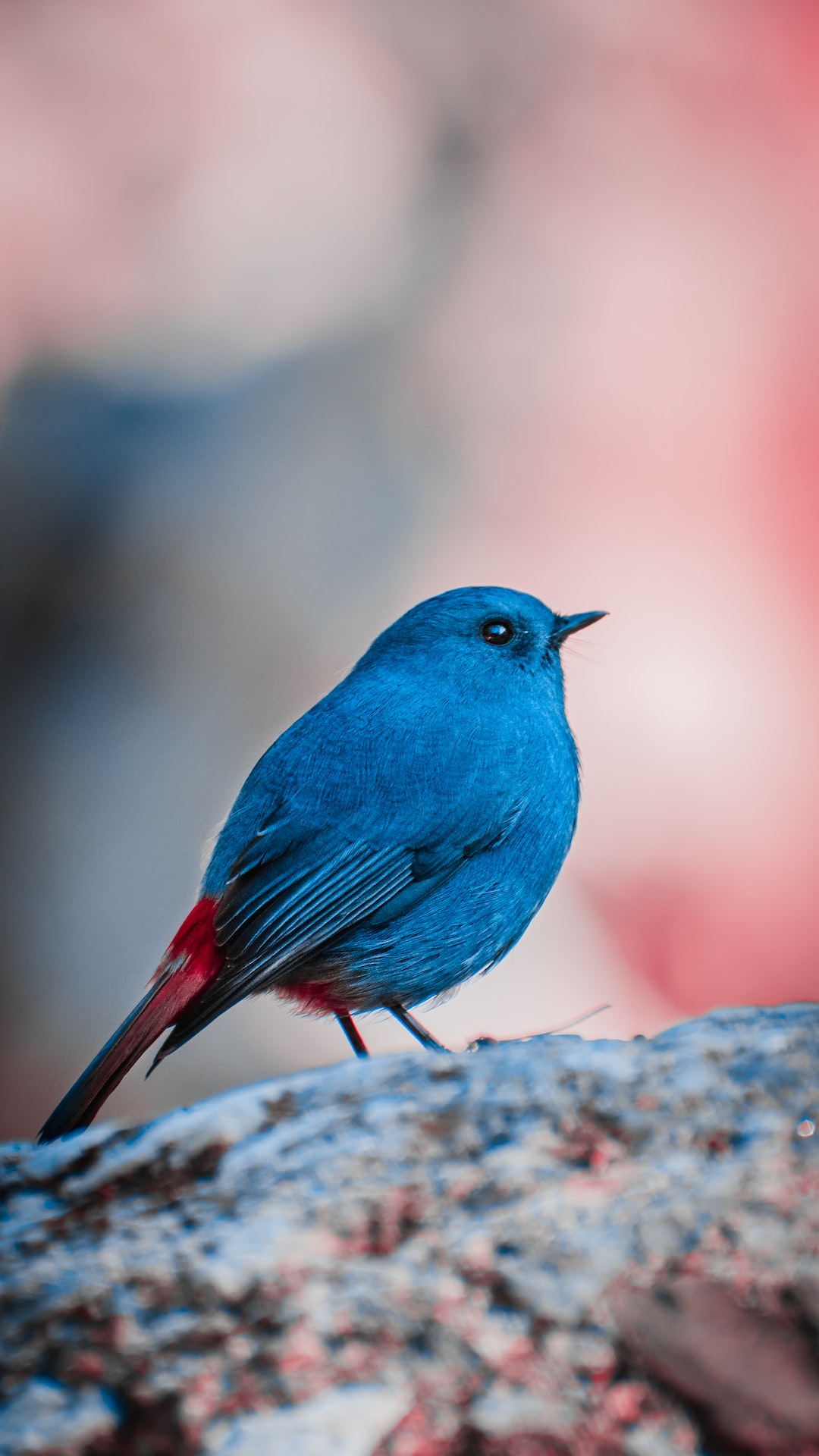Uncovering the Mysteries of Animal Intelligence
Throughout history, humans have always regarded themselves as the most intelligent species on Earth. But as we delve deeper into the realm of animal behavior and cognition, we are constantly discovering just how fascinating the world of non-human intelligence truly is. From problem-solving skills to complex social behaviors, animals have been proving time and again that they possess remarkable abilities that were once thought to be exclusive to humans. In this blog post, we will explore some of the intriguing mysteries surrounding animal intelligence that continue to captivate researchers and animal lovers alike.
One of the most astonishing aspects of animal intelligence lies in their problem-solving abilities. Gone are the days when animals were seen as instinct-driven, incapable of rational thought. From chimpanzees to dolphins, many animals have showcased their capacity to solve complex puzzles and overcome obstacles through creative thinking. Take the celebrated case of Clever Hans, a horse from the early 20th century who amazed the world with his mathematical skills. Although it was later revealed that Hans was cleverly observing cues from his trainer, this example highlights the potential for animals to learn and apply concepts far beyond our initial understanding.
Furthermore, the cognitive abilities of certain species have shown remarkable similarities to those of humans. For instance, elephants, known for their emotional intelligence, exhibit behaviors such as mourning their dead, forming long-lasting social bonds, and displaying empathy towards their companions. These traits suggest a level of consciousness and self-awareness that was once thought to be exclusive to humans. Similarly, studies on dolphins have revealed their advanced communication skills and intricate social structures which closely resemble human societies. These findings challenge our traditional notion of intelligence, urging us to redefine our understanding of what it means to be intelligent and conscious.
What truly sets apart animal intelligence from human intelligence is the range of senses and perceptions they possess. While humans rely heavily on visual and auditory cues, many animals have evolved to rely on a plethora of other senses to navigate their surroundings and communicate. For example, bats navigate using echolocation, emitting sound waves and interpreting their echoes to create a mental map of their environment. Some birds, like pigeons, have an uncanny ability to navigate over long distances using Earth’s magnetic field, a skill known as magnetoreception. These extraordinary sensory adaptations open up a world of possibilities, allowing animals to perceive the world in ways we can only imagine.
Beyond individual intelligence, the social dynamics and cooperation commonly observed across the animal kingdom are also an area of fascination. Certain species, especially those that live in complex societies such as ants and bees, exhibit highly organized systems of cooperation that rival our own. Ant colonies, for example, demonstrate division of labor, effective communication, and swift organizational responses to external threats. These complex group behaviors, fueled by simple individual behaviors, pose intriguing questions about the origins and nature of intelligence. How do ants coordinate their actions without a central authority? How do their simple individual actions contribute to the sophistication of the entire colony? It is these puzzles that continue to captivate researchers, pushing the boundaries of our understanding of collective intelligence.
While our knowledge of animal intelligence has grown exponentially over the years, many mysteries still remain. One such mystery lies in the realm of animal language. Although we are yet to decipher the complexity of animal communication systems, promising research has shed light on the extraordinary vocalizations of certain species. Songbirds, for instance, possess the ability to learn and imitate songs, much like humans learning to speak. Likewise, some whales and dolphins communicate using a complex series of clicks and whistles. Unraveling the intricacies of animal language will not only give us insights into their intelligence but also provide a deeper understanding of the rich tapestry of life on Earth.
In conclusion, the mysteries surrounding animal intelligence continue to intrigue and challenge our understanding of the natural world. Their problem-solving skills, emotional intelligence, sensory adaptations, social dynamics, and even potential linguistic abilities showcase the vast range of cognitive abilities possessed by these remarkable creatures. As our research techniques and technology continue to advance, we are slowly uncovering the depths of animal intelligence and breaking down the barriers that separate us from the rest of the animal kingdom. Perhaps, in the process, we will develop a much-needed appreciation for the diverse forms of intelligence that exist around us, leading to a more harmonious coexistence with the creatures we share this world with.

